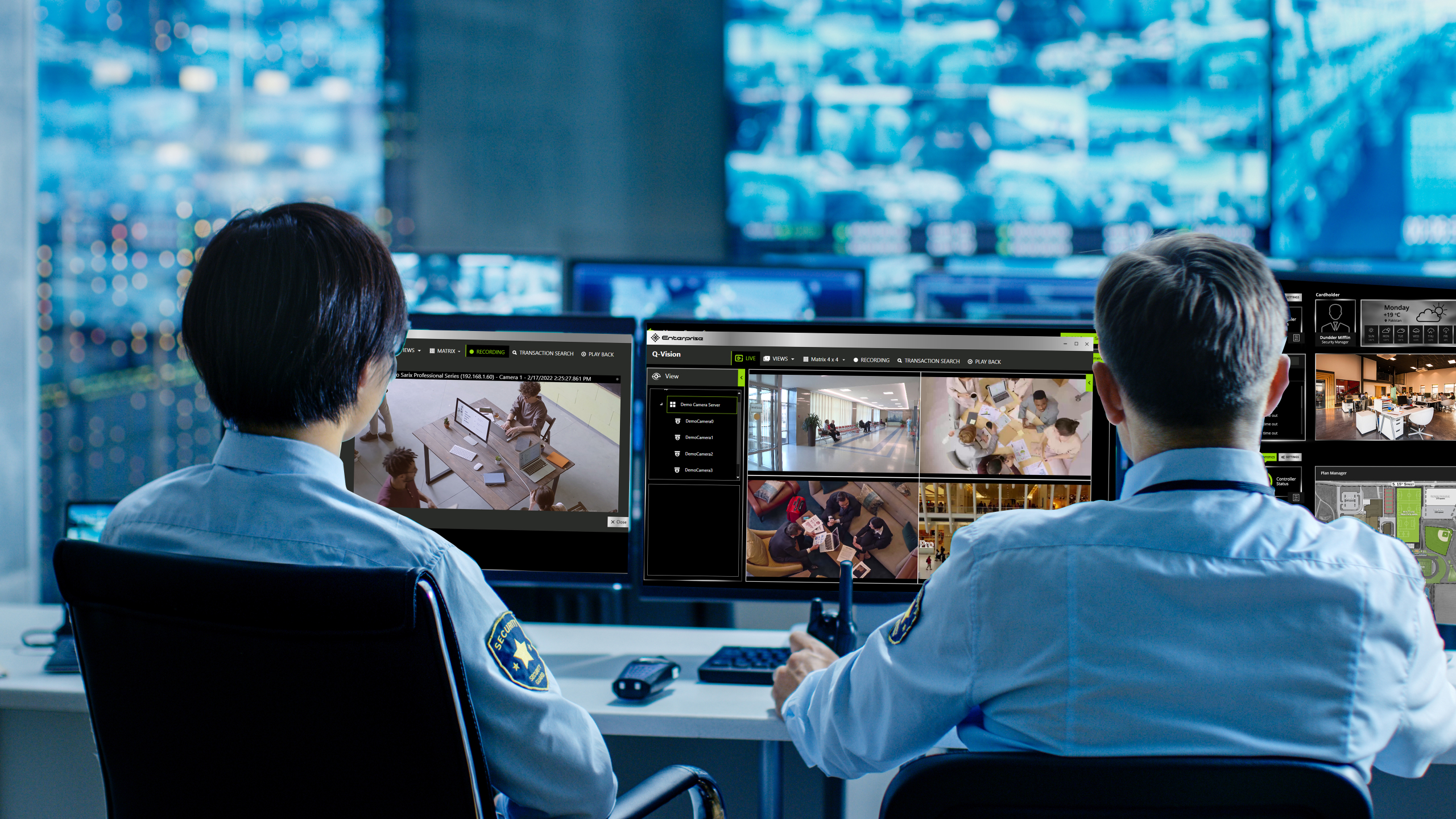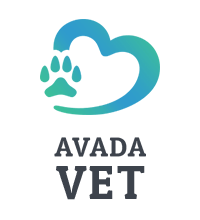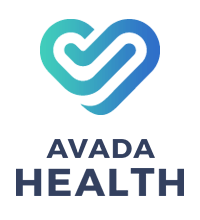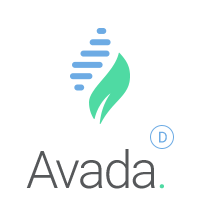We Provide The
Best Seo Services
Phasellus eu ornare erat. Curabitur pulvinar elit.
Simple With Avada
Phasellus eu ornare erat. Curabitur pulvinar elit.
Business With SEO
Phasellus eu ornare erat. Curabitur pulvinar elit.
meet the new agency SEO template from the avada team
Sed ut perspiciatis unde omnis iste natus error sit voluptatem accusantium doloremque laudantium.
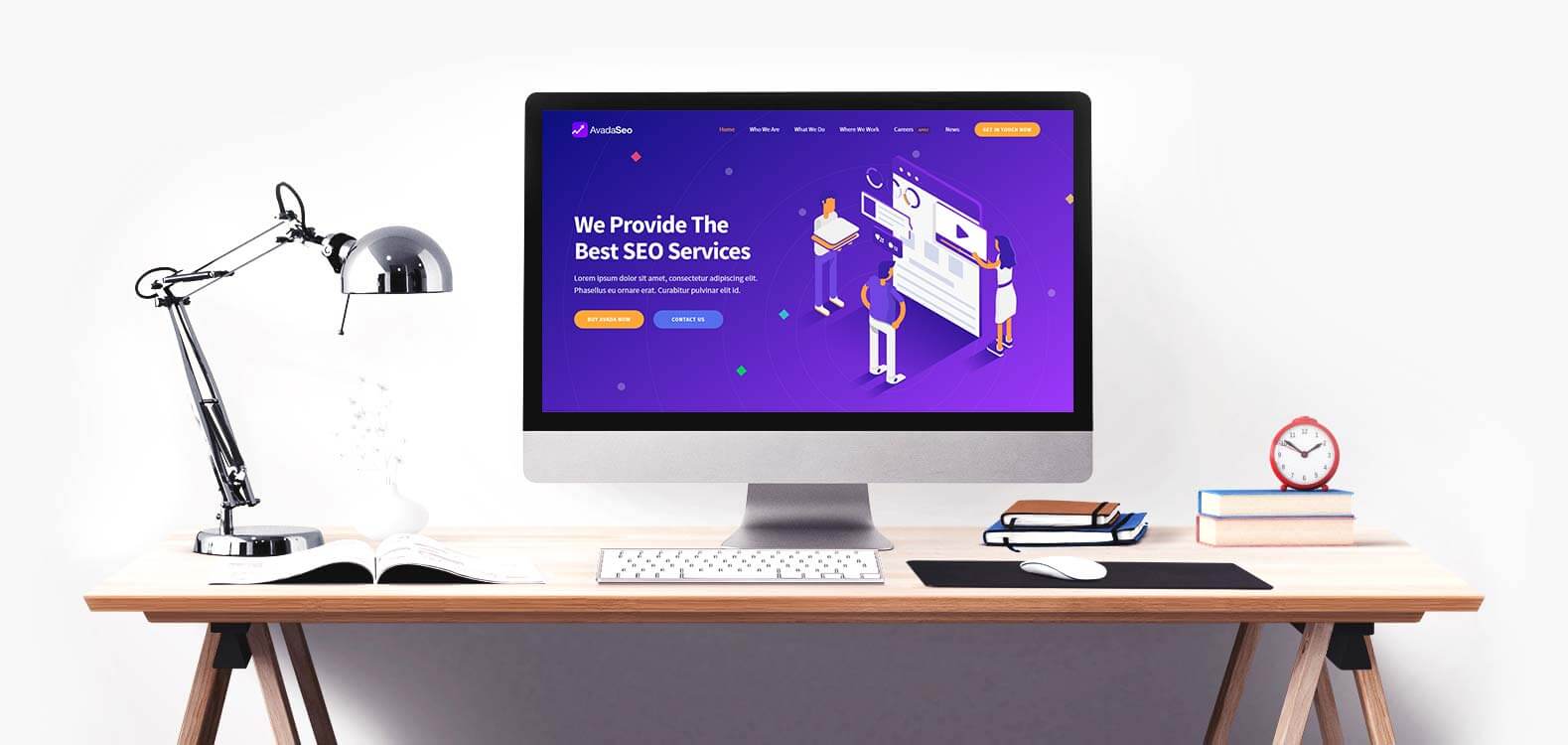
see our top notch services
Sed ut perspiciatis unde omnis iste natus error sit voluptatem accusantium doloremque laudantium.
Our Plans
Sed ut perspiciatis unde omnis iste natus error sit voluptatem accusantium doloremque laudantium.
Standard
- 5 Projects
- 5 GB Storage
- Unlimited Users
Premium
- 10 Projects
- 15 GB Storage
- Unlimited Users
Professional
- 15 Projects
- 30 GB Storage
- Unlimited Users
Extreme
- Unlimited Projects
- Unlimited Storage
- Unlimited Users
latest news
Sed ut perspiciatis unde omnis iste natus error sit voluptatem accusantium doloremque laudantium.
Quanika access and integration technologies highlighted in partnership with Axis Communications on stand S1-G14
DUBAI, UNITED ARAB EMIRATES, 04 JANUARY 2023 – Quanika will make its first Intersec appearance on 17-19 January, demonstrating its next generation silo-free security and site management software, including seamless integration with best-in-class video, access, and audio tech from Axis Communications.
Quanika will be on Axis Communications’ stand S1-G14 showcasing its Enterprise access control and VisitorPoint visitor management software seamlessly integrated with Axis’s complete range of software and hardware as well other third-party systems. Show visitors will be able to experience an immersive, next generation security and safety management solution from a single user interface.
Quanika, a certified Axis Communication Technology Integration Partner (TIP), has a rapidly growing user-base globally, leveraging a more practical, affordable migration route away from outdated, siloed systems and technology stacks. Quanika’s integration model combines off-the-shelf affordability with customisation whenever required and leverages the power of corporate databases – including Microsoft Active Directory – to help customers operate their sites more securely and efficiently.
Visitors to Intersec will get to see how Quanika leverages Axis’s powerful A1601 door controller, and powers-up Axis Camera Station VMS to extend its surveillance capabilities by encompassing an unlimited number of cameras and devices. The Quanika team will also be on hand to demonstrate operability of the latest Axis camera range. The line-up includes specialist LPR cameras using Vaxtor’s optical character recognition (OCR) to deliver over 99% accuracy on license plate reads, making security operations and site management more efficient.
Quanika Enterprise, supporting up 150,000 cardholders per controller, is ideal for larger and multi-site applications in the Middle East, including logistics and warehousing sites, hotels and hospitality, oil & gas facilities, manufacturing plants, commercial office hubs, retail applications and the new wave of multi-use developments which are increasingly popular across the GCC.
Quanika Enterprise transforms the way staff access facilities and workspaces as well as networks and IT applications. It unlocks the benefits of using frictionless and touchless QR codes, NRF technology and facial recognition. And it reduces the burden on security teams, making it easy to grant and revoke physical and digital passes while improving the workplace experience for users and automating building systems. It allows energy consumption to be reduced by aligning services with occupancy.
VisitorPoint makes first impressions count, enabling a white-glove concierge welcome for VIPs, and efficient access for regular guests and contractors by automating workflows through visitor pre-screening. VisitorPoint lets users maintain access ID authorizations and permits to work, streamlining deliveries, and allowing employees to easily allocate parking spaces and meeting rooms. VisitorPoint ensures that everyone arriving on site has a pleasant experience from the moment they arrive, and makes it simple for employees to host and welcome visitors.
“As organisations across the Middle East look to streamline their operations, improve security and ensure the most frictionless user experiences, we are delighted to be working with Axis Communications to deliver on their priorities,” says Phil Campbell, Quanika Sales Director. “We are looking forward to expanding our presence with more projects across the region.”
For more information on Quanika solutions go to quanika.com and to book a meeting or demo email info@quanika.com.
New generation integrated solutions are an important answer to labor shortage problems, writes Phil Campbell, Sales Director
The evidence of staff shortages is obvious to anyone planning a flight just now – with constant news of flights cancelled, and reports of stressed-out queues at airports, it can feel like a gamble. At the same time Covid, stress, and pay are causing a global crisis in nursing, with the World Health Organization estimating a shortage of 5.9mn staff.
It’s not just aviation and healthcare that’s affected of course. Services are overstretched in many critical sectors, including manufacturing, food processing, agriculture, logistics and retail.
In the UK, unemployment is close to a fifty year low according to figures from ONS (May 2022) and we’re seeing similar labor shortages in other parts of world, with the latest data from the U.S. Chamber of Commerce showing 11.4 million job openings – but only 6 million unemployed workers.
According to a report by City & Guilds, staff shortages in the logistics sector in the UK alone is expected to reach 400,000 by 2026 attributed to low pay, poor working conditions, and influences of Brexit.
As a result, employers are finding it increasingly difficult to hire the workers they need.
Some people who used to work in these sectors have found less stressful ways to earn a living, or in the case of some over-50s, have retired – or semi-retired – sooner than they planned. The pandemic workplace shake-up is not over yet, and the global economy is being buffeted new challenges.
But despite the turmoil – or maybe because of it – we’re seeing a shift in attitudes among employers.
Yes, there is a cost-of-living crisis, and it’s going to get worse. But increased pay is not seen as the only answer – or the most important – for many organizations looking to fill vacancies. They are looking at a mix of efficiency gains, and employee benefits, as they look to adapt.
Accuracy of pay and better working conditions help
While unions and employees in many sectors are demanding wage increases, according to the UK HR professionals’ body, the CIPD, offering improved working conditions with more flexible home and hybrid working is also favored solution.
Employers understand that when staff are weighing-up the benefits of a job – whether to apply, move on, or stay – they factor in benefits apart from pay. There are the cost-savings from reduced commuting, and savings that come from being able to manage work-life time more efficiently, as well as the hidden benefits from reduced stress and hassle.
The CIPD’s recent quarterly outlook (April 2022) reported that 27% of employers believed raising wages would help them tackle staff shortages. By contrast, 37% said they were looking to introduce flexible working conditions and upskill existing staff.
Flexible and hybrid working are becoming the established norm in many sectors – most obviously in IT, communications, scientific services, and professional services generally – but also more widely.
Frictionless access is supporting wider strategies
The US, the UK and Canada appear to further along the road than Europe in this move away from fixed desks and default Monday-to-Friday office attendance.
And the reshaping of corporate systems and infrastructures that is supporting hybrid working is not just reactive, it’s aligned with longer term strategies.
Because the same automations and efficiencies that are making it easier for people to work remotely, and to use premises flexibly, are also driving wider productivity benefits.
Implementing new generation visitor management solutions and upgrading access control is allowing employers to remove many of the old annoyances and inconveniences that their staff, and other site visitors, had to put up with every time they arrived on site and had to pass through security.
This is particularly true for workers in the manufacturing and logistics sectors, where staff need to wait to be authorized to pass through barriers to gain entry to car parks, use ID badges to access facilities and then check in and out using time and attendance systems. Compensation accuracy and timeliness of employee pay in these sectors are also critical to staff retention and recruitment strategies.
Today, employees can benefit from touchless, frictionless access, using license plate recognition and mobile credentials. And organizations can benefit from the integration of Microsoft Active Directory that allows then to use access control data to connect to scheduling systems and payroll, eliminating or streamlining cumbersome processes that are prone to human error. This also gives employers the confidence that staff will receive automated, accurate and timely remuneration.
Flexible, secure access control that connects time and attendance with payroll is also helping employers to make these essential jobs more attractive by offering more flexible working patterns. Some firms are going a step further, utilizing the same credentials to give staff access to daily perks including free coffee and snacks, improving working environments and morale.
The next generation solutions are going even further, strengthening, and extending the connections between remotely based teams and the corporate center. By integrated access control with Microsoft Active Directory, for example, organizations can manage access to multiple, dispersed physical premises – plus logical access to corporate networks and applications – much more effectively.
Efficiency gains for busy teams
In busy workplaces from hospitals to hospitality, airports to logistics hubs, we’re seeing these solutions cutting out the inefficiencies of siloed technologies.
For instance, by integrating AI-powered facial recognition, organizations are strengthening security of their physical premises – facial authentication is providing a powerful ID option – and improving network security and home working security too.
Facial authentication is also enabling better two-way engagement between employees and employers, helping to ensure that staff are taking regular breaks and not allowing work to blur into evenings and weekends, which can quickly lead to stress and burnout. The same technology allows workers to report a concern or seek emergency assistance. And feedback from the staff using these new, improved two-way communications and engagement technologies is overwhelmingly positive.
It’s also being welcomed by department managers concerned that their staff aren’t being as productive or innovative as they were in the office. These managers can now measure productivity gains or losses, and review the times employees are actively using applications and delivering output. This can signal when team members need reward, inspiration, or guidance. Bosses also have the right tools to meet their duty of care obligations, for example being alerted in the event of a remote working safety incident.
And because these new generation solutions are much more affordable, employers see them as a good option to reduce staff turnover, make employees feel valued, provide better working environments, and to help them work more efficiently.
As economic conditions tighten, those could be very welcome benefits.
Last October, we reported on ground-breaking innovations in the public sector, with proof-of-concepts linking – and streamlining – physical access and visitor management processes with wider corporate data systems.
We highlighted one project that has particular promise: a major healthcare trust undertaking a proof-of-concept (POC) trial to test the potential of full physical and digital systems integration, streamlining access control, by linking with existing staff databases.
We can report now that the POC trial has been successful, and findings suggest that intended efficiency benefits should be achievable. Lessons have been learned, the technology has been further developed, and the next stage, planned to run from July until the end of the year, will see the project move from POC to Pilot, with roll-out in a newly built Adult Mental Health hospital.
While the POC was limited to Estates and ICT staff, the pilot stage will, for the first time, mean that medical teams will benefit from a smoother and more efficient access experience.
Ultimately the idea is to give every employee a unique digital portal which they’ll use for access to all the physical spaces they need to use, as well as systems access. If you want a simple image: a time-pressed clinician or care worker will no longer have to juggle multiple ID cards to access different sites and facilities within the same organization. They’ll be able to get to the physical and digital resources they need using a simple, easy to manage staff portal.
And in the future, authorised staff from partner agencies will, it is hoped, be granted the same hassle-free and frictionless access to sites.
Access control and visitor management functions will be able to operate more securely, with more centralised oversight.
One innovation to emerge from the POC has been a requirement to integrate a key cabinet tracking system with the access control on traditional doors, so that the two can work in harmony. The purpose is to enforce the requirement for specified staff to withdraw a set of emergency keys from the secure cabinet before they move into the main patient area of the hospital. So, managers can ensure – and demonstrate – that every member of staff who is required to will have a set of emergency override keys. This customisation caters for specific operational requirements at the specific hospital, which provides care for adult mental health patients – but at other sites, and for different applications, customisation will be necessary. And they’ll be relatively easy to accommodate. In the old days, customisation would have been provided only by enterprise-level PSIM developers along with expert systems integrators, and would have entailed significant cost, but today more flexible and modular approaches have made it far more affordable.
It’s now understood that there are lots of efficiencies to be made by speeding up day to day tasks but automating workflows – maintaining access and ID authorisations, granting, and revoking digital passes, managing mobile staff, streamlining deliveries, allocating workspace resources, booking-in guests, even automating building systems to align with occupancy. When multiplied across large workforces and dispersed estates this is expected to generate massive savings.
Behind the scenes, those managing the NHS pilot scheme will be further testing the links between doors, the client software, and the back-end database. And they’ll be looking at building the necessary resiliency, with back-up servers in separate data centres providing failover capability.
With the project in question, for the next stage a new-build site has been chosen which allows a ‘clean slate’ approach rather than a more complex migration away from incumbent tech. So, when the first staff and patients start arriving at the site, the new policies and procedures will be set up, ready and waiting.
This facility offers other advantages too, as it sits at a mid-way point in terms of the type of care being delivered and the complexity of activity taking place: it is neither the most challenging, nor the least. So, depending on the outcome here, the trial managers will be able to decide whether to scale up or scale down for the next phase early in 2023. Beyond that, a year from now, the plan is for a full roll-out across the whole trust.
And at that point the benefits of full digitisation will be clearer to see. This project, and several others like it, may soon be providing a template of efficiency gains for other major employers to adopt too.
It’s exactly the kind of approach we’ve been writing about for some time: projects encompassing multiple disciplines so that everything works seamlessly: video, intruder, fire, access, building services and specialist functions.
Similar things have been done before on a smaller scale and with different operational priorities, in sectors such as hospitality, office, and multi-use developments. But this approach is of particular benefit to major employers with thousands of staff and dozens of locations. So, the potential impact of these larger scale trials is very exciting.
